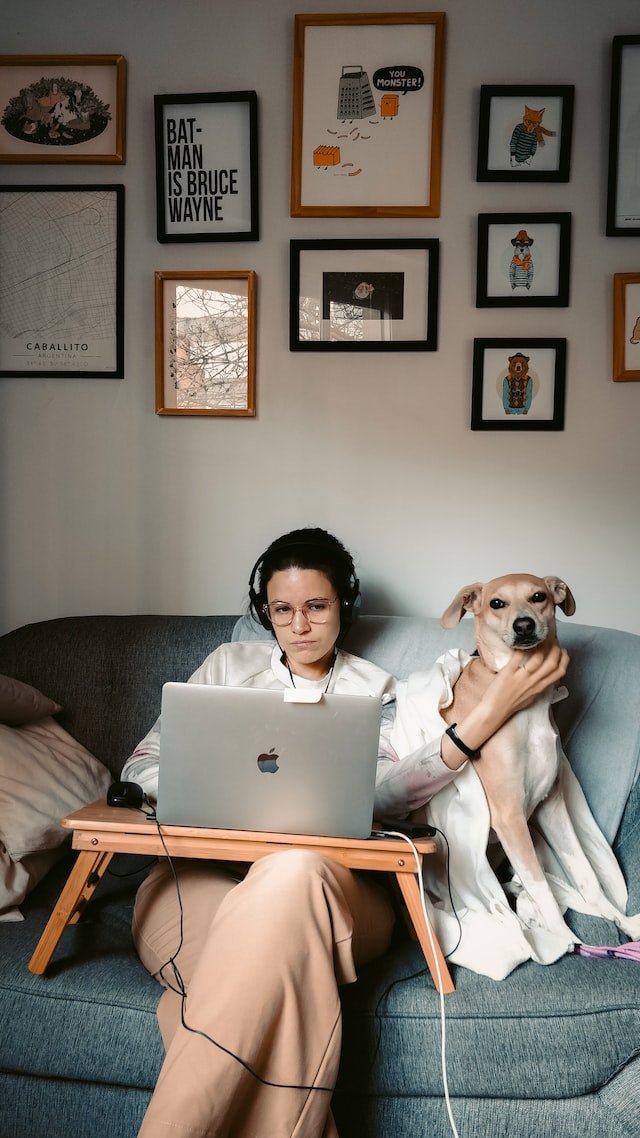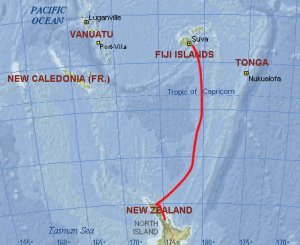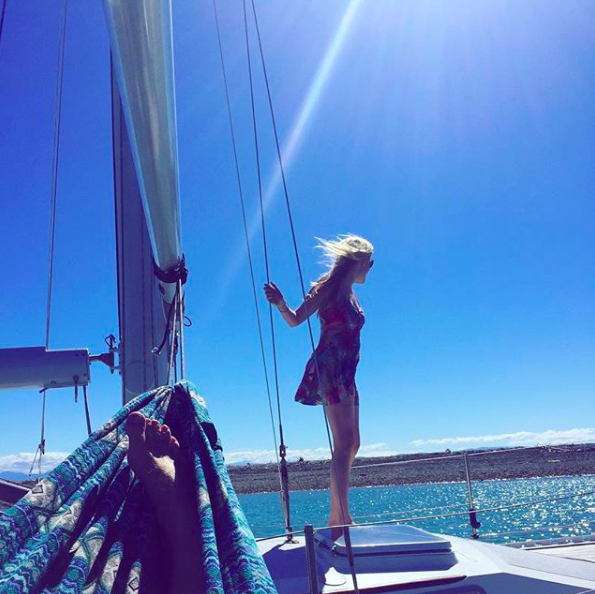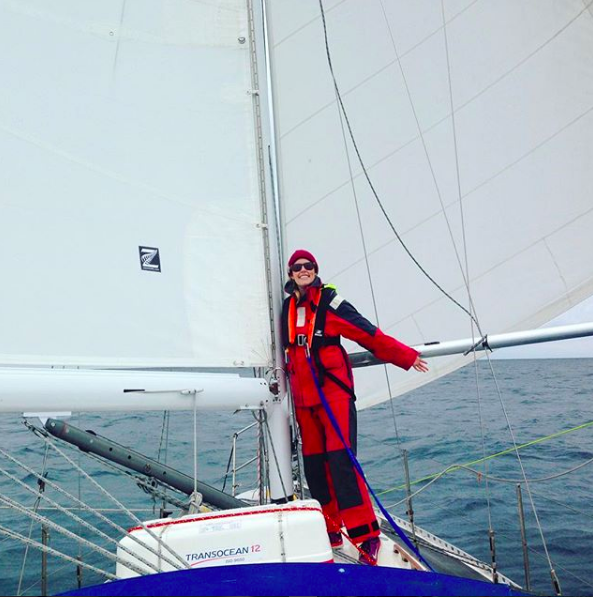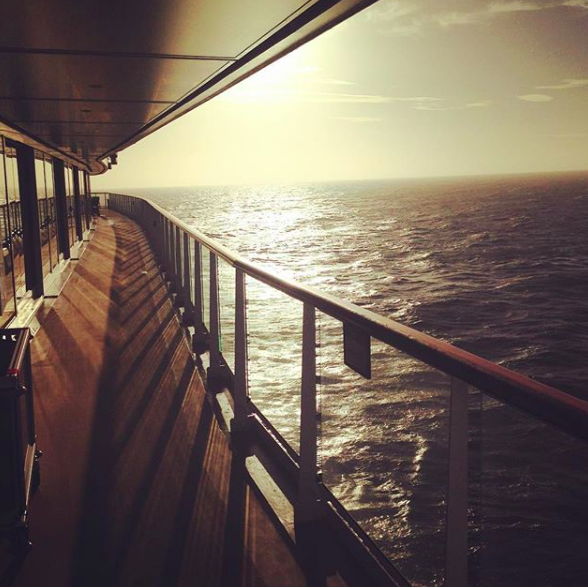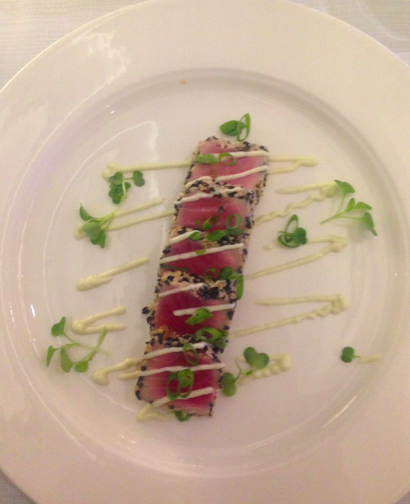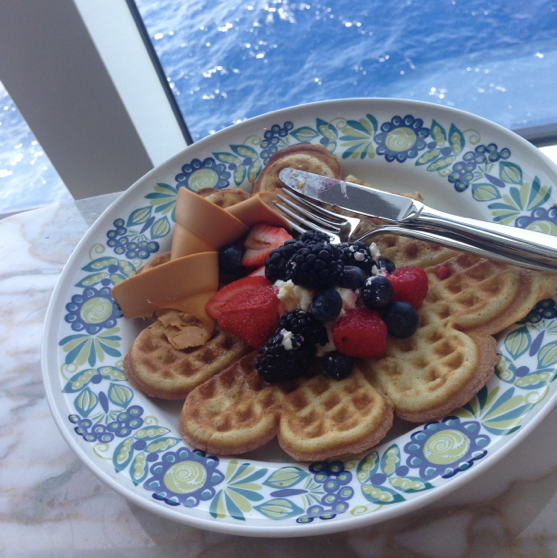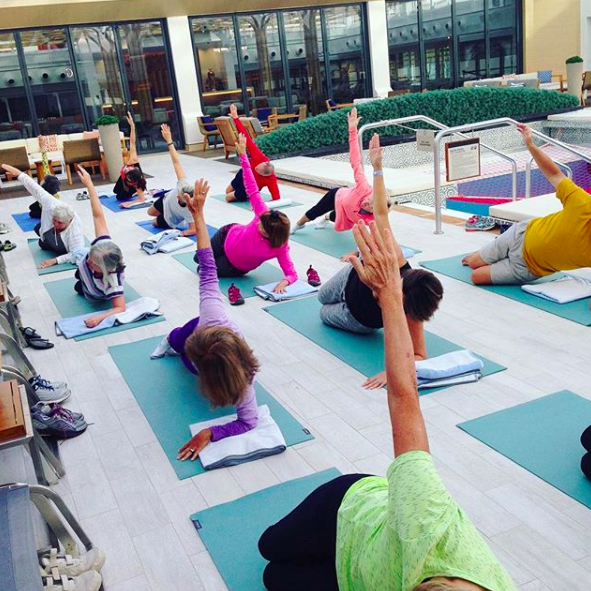To me, wellness doesn’t mean just ‘living well’ for yourself, but enabling others to ‘live well’ too, and that applies to future generations.
In the last few weeks, a report about climate change was released by the IPCC that told us we have 12 years to make a difference and not let the world become warmer than an additional 1.5 degrees, or the world’s future isn’t very bright.
But! The best news is there are actionable things you can do to help prevent a climate increase of more than 1.5 degrees, and it’s thanks to some of the products below.
These ingenious inventions require a change in mindshift: Yes you DO need to change your habits to help you and your children live well.
These products Changing your habits easy!
I’m mentioning these brands by choice because I truly believe change is needed, and the women behind these brands are the change makers we all need to look up to. Get inspired, take a look!
Bio-friendly Coffee pods: Nature’s Pod Capsules
Patricia founded Nature’s pod capsules after an ‘enough’s enough’ moment
“I saw my own personal Nespresso Pod Machine at home was constantly filling my bin with disposable single use pods and contributing to an excessive amount of landfill.
Finding a solution like our reusable and recyclable coffee capsules was a wonderful realisation to us that we could enjoy coffee in a much more sustainable way.”
2. Reusable Coffee Cups (because coffee cups are a HUGE contributor to land fill) - Eco Llama
Kelly started Eco Llama after she learned over 1 billion cups go into landfill in Australia each year!
“The parts of standard disposable coffee cups we can see are recyclable ( outer paper layer) but it's the bits we can't see so well that cause the problem.”
“The polyethylene (plastic) film inside the cups are used for insulation and waterproofing and they can't be broken down. Recycling loads can often become contaminated if these cups are part of a whole pile of recycling and everything goes straight to landfill.”
If you think using a reusable coffee cup is too tricky, try Kelly’s tips:
Purchase a cup that you are proud to show off. A cup that appeals to you in look and feel is most likely to get the most use
Have a couple of cups so you have a back up just in case you happen to forget one. Keep one in your handbag/car
(We are offering a buy one, get second one half price promo at the moment. Enter code HALFPRICE at checkout on our page ecollama.com.au )
Put your cup next to your handbag/keys at night to remind you to take it in the morning
Frequent cafes on the responsiblecafes.org website for your morning coffee. These cafes offer a discount off your coffee purchase when you bring your own cup. There are over 400 cafes available around Australia and this list is constantly growing. Saving money and saving the environment = win win
3.Eco-friendly cleaning services that don’t pollute, and have re-usable bottles - Neatly.com.au
You don’t have to clean your own home to keep harsh chemicals away from your skin, your lungs, and the waterways that all our sinks flow into.
Emma started Neatly because she knew it wasn’t just the cleaning products that needed to change, but they way they’re packaged.
Emma’s key tip to decrease waste:
“Buy in bulk! Many people don't realise that simple, safe and effective cleaning products are available to buy in bulk.”
“Things like castile soap and vinegar are not harmful, are powerful multi-purpose cleaners and can be picked up for a song at your local bulk store. No packaging! Yay. I also love to add essential oils to the products I use for additional cleaning and mood enhancing properties.”
4. Swimwear made from recycled materials - Seamone Swimwear
Did you know over 10% of all landfill is clothing, and 24% of Aussies throw away a piece of clothing after just one wear?
Simone knew there had to be a solution, so she created Seamone Swimwear to combat textile waste and give stylish consumers a better alternative.
“Our swimwear is made from recycled materials such as discarded fishing nets, and sustainability is our key desire. Seamone’s elegant and timeless pieces are not designed to last a season, but a lifetime.”
Simone’s top tip to help keep us below that 1.5 degree increase:
“Say no to plastic... it’s a simple start.”
“Invest in metal straws, keep cups, glass water bottles... we can all be more conscious about the way we consume.”
“Look closely at fabric contents and even the way items are packaged. For example: The bags our products arrive in are made from 100% biodegradable cassava plant starch. These non-plastic bags are naturally compostable, safe to consume for land and marine animals, and they will dissolve in water.”
“It’s all the little things that add up to make a bigger difference.”
5. Reusable drink bottles with a lifetime guarantee - Rolla Bottle
Plastic drink bottles are still the most commonly occurring plastic you’ll find on the windward side of any island. Around 370 MILLION plastic bottles end up in landfill in Australia each year. If you recycle - that’s not enough. The plastic is still made.
Katy created Rolla Bottle; silicon water bottle that roll into a little ball for your convenience. Plus, they have a life long guarantee which means you don’t need to chuck them out at all. She created this product in response to people’s complaints that carrying a reusable bottle was ‘bulky’ and ‘inconvenient.’
Katy’s top tip on how you can limit your environmental impact:
“The one thing I think is REALLY important is always carry a reusable bottle on you and don’t buy bottled water! “
“It is environmental madness to spend the money and invest all the resources and create all the emissions it takes to bottle water and get it to the stores - and then have the plastic aftermath to deal with "forever"- when we have such great and readily available fresh drinking water in Australia. (And in most developed countries)”
6. Stylish clothing made from recycled fabrics - All in a curated online marketplace - We-Love
Ashly created eco and ethical online clothing store We-Love because she wanted to support the labels that were doing the right thing: “Giving fair wages, championing transparency and encouraging customers to question their purchases.”
Ashly’s top tip for decreasing your environmental impact:
“Buy better quality clothing! It lasts longer and likely works out cheaper than replacing it every year. Plus it means less old or ruined clothing ending up in landfill. “
“Honestly, I have so many ‘old’ clothes in my wardrobe only they’re not old! I wear them all the time and I look after them so they still look as good as the day I bought them, with the exception of linen, that actually gets better with age!”
7. Beeswax wrap instead of gladwrap- Mind your own Beeswax
Plastic wrap is so old-school, and such a huge contributor to waste. This environmentally friendly alternative is a super clever way to keep your goodies fresh in the fridge, in kids’ lunchboxes, or in your desk at work ready for your muffin break.
SO! There you go guys - a few incredible suggestions for how you can decrease your environmental impact, and some great tips from the founders of these brands.


